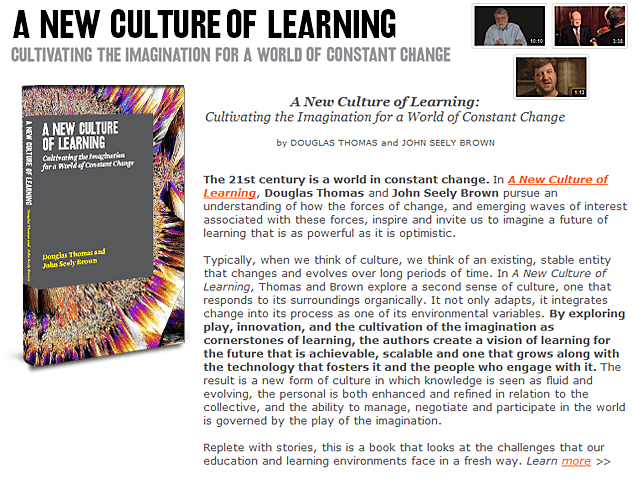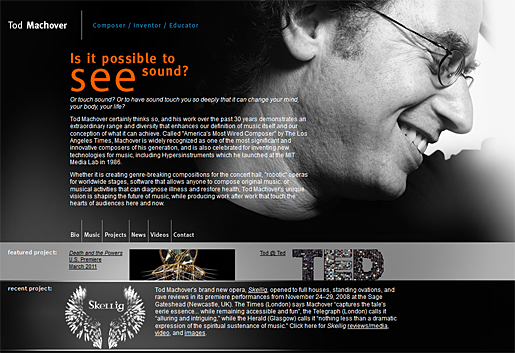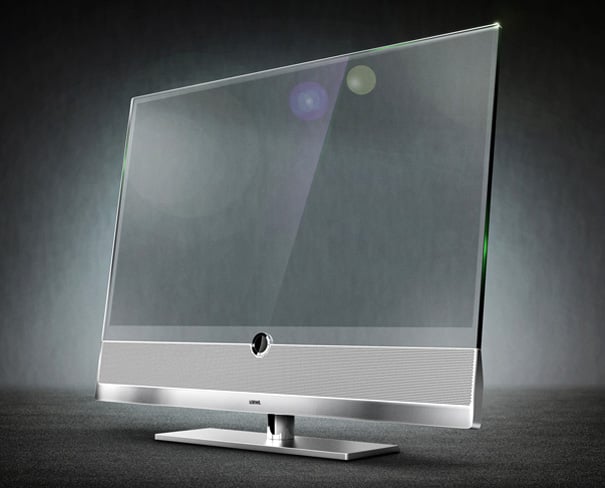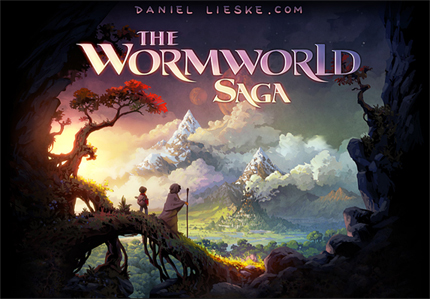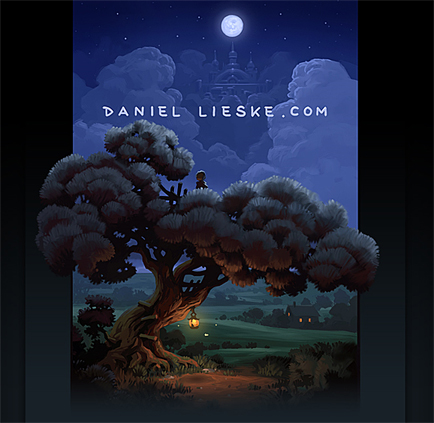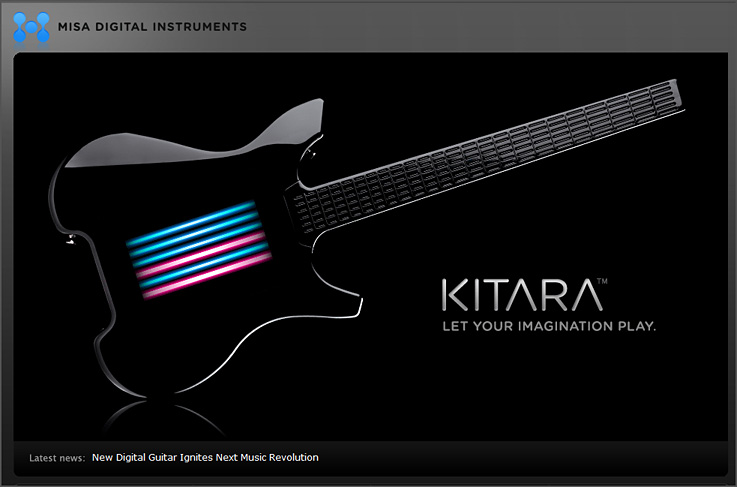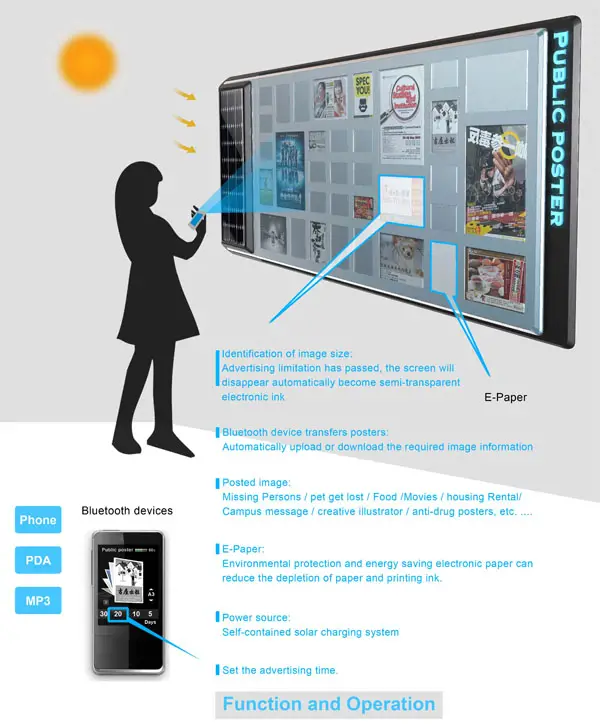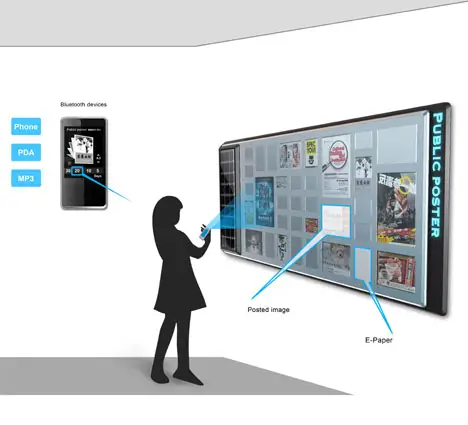Is the Google-fication of education underway? — from cnnmoney.com by Scott Olster (emphasis below from DSC)
Among tablets and 3D TVs at CES, one-size-fits-all learning is facing a digital death knell.
Excerpt:
Similar to the way that Google collects data based on its users’ search patterns, Knewton collects data from every student that has taken one of its courses and uses it to improve its courses. Eduational content that achieves better student results will then be ranked higher in the system and be used more often. Ideally, the system becomes smarter and better over time.
“It’s like a giant recommendation engine on steroids,” says Ferreira.
The data that the company collects could potentially prove useful to educational researchers.
“We’re still trying to map out the way people learn. Collecting more data rather than looking at course grades is a welcome change,” says Miller.









